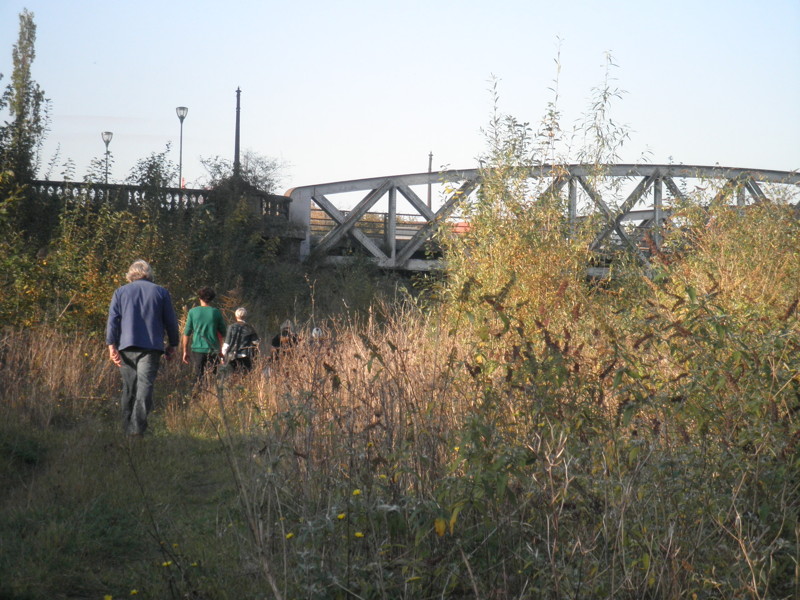The soundwalk is an interesting point of reference in relationship to the soundmap, as in many ways both are representative of the same overall process/movement within the sonic-arts; that of environmentally orientated sound practice (I will use the term acoustic ecology here as a working term), and both have inherently similar goals that center around trying to foster a greater awareness, and engagement with the sound environment that we all inhabit.
It seems that the soundwalk though is the more developed/elaborated of that two, in that numerous artists from Max Neuhaus, too Hildegard Westerkamp and Janet Cardiff, have through their own practice (and experimentation within the overarching model) furthered the soundwalk as a acoustic ecology practice considerably.
In Westerkamp's words;
"A soundwalk is any excursion whose main purpose is listening to the environment. It is exposing our ears to every sound around us no matter where we are. We may be at home, we may be walking across a downtown street, through a park, along the beach; we may be sitting in a doctor's office, in a hotel lobby, in a bank; we may be shopping in a supermarket, a department store, or a Chinese grocery store; we may be standing at the airport, the train station, the bus-stop. Wherever we go we will give our ears priority. They have been neglected by us for a long time and, as a result, we have done little to develop an acoustic environment of good quality." (Autumn Leaves, Sound and the Environment in Artistic Practice, Ed. Angus Carlyle, Double Entendre, Paris, 2007, p. 49 - http://www.sfu.ca/~westerka/writings%20page/articles%20pages/soundwalking.html)
In it's basic form the soundwalk tries to facilitate engagement with the sound environment in the field, through active/close listening, typically guided by oral/textual instructions/cues from a director, or from an audio recording listened to via headphones.
An example from the same text as the above;
"Start by listening to the sounds of your body while moving. They are closest to you and establish the first dialogue between you and the environment. If you can hear even the quietest of these sounds you are moving through an environment which is scaled on human proportions. In other words, with your voice or your footsteps for instance, you are "talking" to your environment which then in turn responds by giving your sounds a specific acoustic quality.
Try to move
Without making any sound.
Is it possible?
Which is
the quietest sound of your body?
(If, however, you cannot hear the sounds you yourself produce,
you experience a soundscape out of balance. Human proportions have
no meaning here. Not only are your voice and footsteps inaudible but also
your ear is dealing with an overload of sound).
Lead your ears away from your own sounds and
listen to the sounds nearby.
What do you hear? (Make a list)
What else do you hear?
Other people
Nature sounds..."
In such a way the engagement is prescribed through some sought of instruction or narrative construct, which tries to facilitate a heightened listening experience in the subject.
(Part II will focus on the soundwalk practice Hildegard Westerkamp before I will look to draw some conclusions and look for possible points of integration between soundwalk and soundmap practice in Part III)

No comments:
Post a Comment